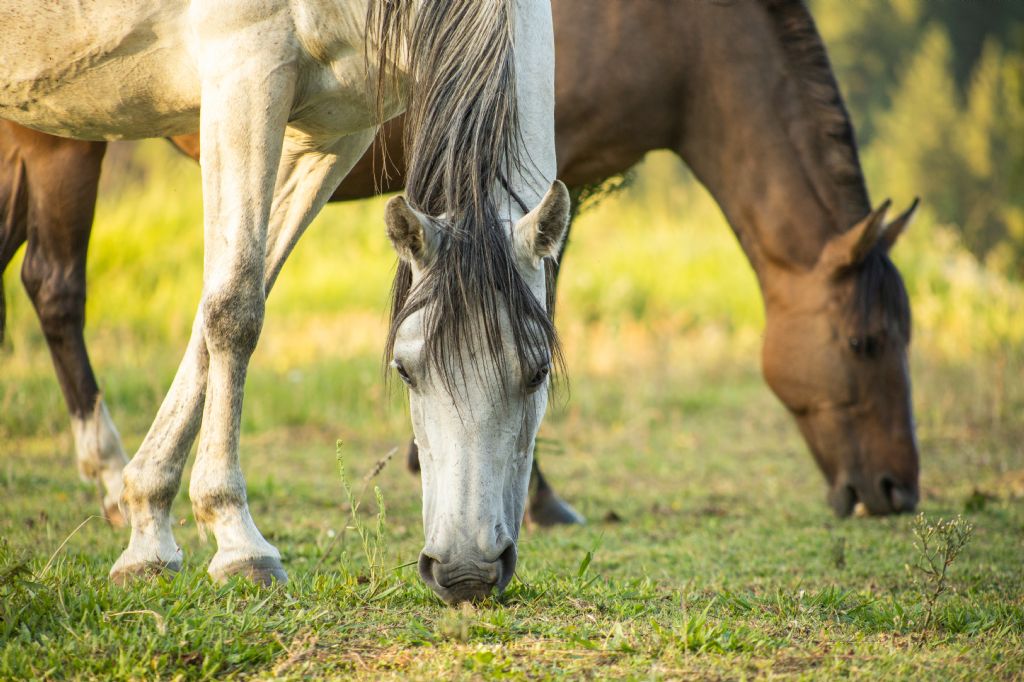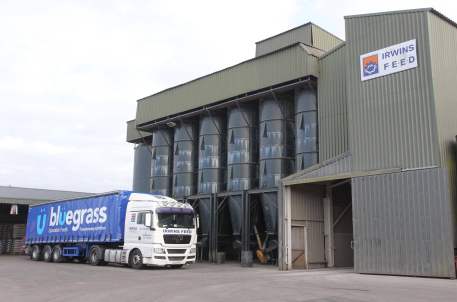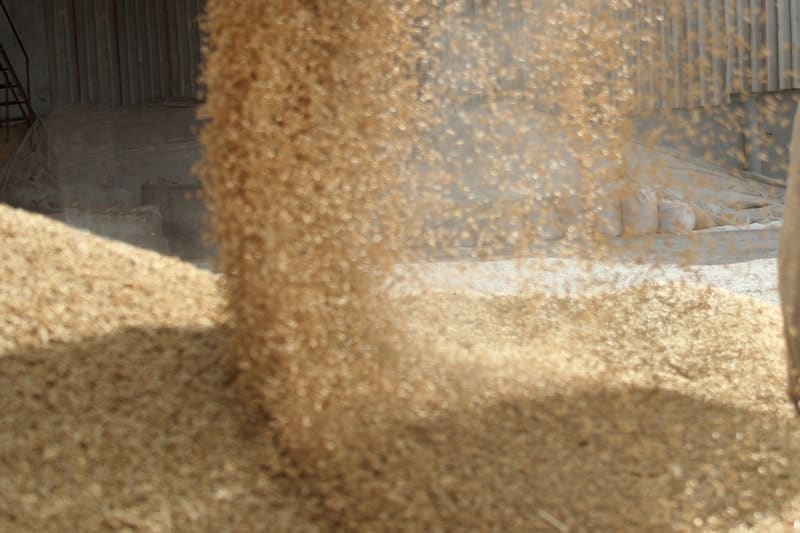Bluegrass News
Exercise-Induced Pulmonary Haemorrhage (EIPH) is a common yet challenging condition that affects performance horses, particularly those involved in high-intensity physical activities like racing and jumping. EIPH involves bleeding in the lungs, which can lead to compromised respiratory function, significantly impacting both the health and performance of affected horses. This blog explores the challenges posed by EIPH, its biological mechanism, and the consequences it has on performance and overall wellbeing in equine athletes.
What is EIPH?
EIPH occurs when blood vessels in the lungs rupture, causing blood to leak into the airways. This typically happens during high-intensity exercise, such as racing or competitive jumping, where horses reach maximum exertion. While the bleeding is often microscopic, in more severe cases, it can be visible around the nostrils. Horses with EIPH may experience difficulty breathing, which decreases oxygen supply to muscles and other tissues, critical for performance during intense physical activity.
The Biological Mechanism Behind EIPH
The primary biological mechanism behind EIPH is linked to the intense pressure exerted on the pulmonary blood vessels during strenuous exercise. Here’s how it occurs:
- Increased Pulmonary Arterial Pressure: During vigorous exercise, the heart pumps blood rapidly, increasing blood flow through the lungs. This results in increased pulmonary arterial pressure, which can strain the lung's blood vessels.
- Weakening of Capillary Walls: As blood pressure rises, delicate capillaries in the lungs begin to strain under the heightened pressure. Unlike other blood vessels, these capillaries lack muscle and are therefore less adaptable to dramatic changes in pressure.
- Rupture and Bleeding: When the pressure within these capillaries becomes too high, they can rupture, causing blood to leak into the airways. This leads to blood within the lung tissue, and in severe cases, blood may emerge from the nostrils, a condition known as epistaxis.
- Inflammatory Response: Following a capillary rupture, the body initiates an inflammatory response to repair the affected area. However, this inflammation can worsen respiratory function, further impeding oxygen exchange within the lungs.
Impacts of EIPH on Performance Horses
EIPH significantly affects equine athletes in various ways, impacting not only their ability to perform but also their overall health.
- Reduced Oxygen Supply: During high-intensity exercise, horses require optimal oxygen flow to sustain performance. With EIPH, bleeding in the lungs disrupts this oxygen flow, reducing oxygen delivery to muscles and other organs. As a result, horses may experience fatigue more quickly, which impacts stamina and overall performance.
- Impact on Breathing Efficiency: Horses with EIPH may develop labored or irregular breathing due to impaired lung function. This breathing difficulty affects the horse's ability to maintain pace and rhythm during competition, which is especially important in activities requiring sustained exertion, like racing. Difficulty breathing can cause a horse to slow down or even stop, negatively affecting performance.
- Health Risks and Long-Term Implications: While mild cases of EIPH may not immediately endanger a horse's life, severe cases can lead to long-term respiratory issues if left unmanaged. Repeated EIPH episodes can damage lung tissue, leading to chronic inflammation, fibrosis, and a decrease in lung capacity over time. This not only limits performance but also impacts the horse's quality of life.
Challenges in Managing EIPH
Managing EIPH in performance horses is difficult due to the recurring nature of the condition. Key challenges include:
- Diagnosing Severity: While visible bleeding from the nostrils is an obvious indicator, milder cases may go undetected without thorough veterinary examination. Endoscopic examination after exercise can help detect EIPH, but it requires specialized equipment and expertise.
- Recurring Episodes: EIPH tends to recur in horses who have experienced it, particularly those who continue to engage in high-intensity activities. Reducing training or competition intensity may alleviate symptoms, but this is often impractical for performance horses.
- Limited Treatment Options: Currently, there is no cure for EIPH. Treatments primarily focus on minimizing the severity and frequency of episodes. Rest, adjusted training schedules, and management strategies to reduce stress and physical strain can help, but are not always feasible in a competitive setting.
Strategies to Support Respiratory Health in Performance Horses
Since EIPH lacks a definitive cure, many horse owners and trainers focus on proactive management strategies to support respiratory health and reduce the condition's impact:
- Nutritional Support: Supplements designed to support lung health can play a significant role in managing EIPH. Ingredients that promote capillary integrity, anti-inflammatory properties, and lung tissue health can help strengthen the respiratory system against the strain of intense exercise.
- Environmental Management: Minimizing exposure to dust, allergens, and other respiratory irritants is crucial in maintaining respiratory health, particularly for horses prone to EIPH.
- Controlled Training Regimens: Gradually increasing exercise intensity and avoiding sudden exertion can reduce the likelihood of EIPH. Training methods that prioritize cardiovascular health and endurance while minimizing extreme strain are often beneficial.
- Herbal and Plant-Based Supplements: Certain natural extracts with calming and anti-inflammatory properties can reduce stress-related symptoms that exacerbate EIPH. These can be especially useful in helping horses remain calm and steady under the physical and mental pressures of competition.
The Future of EIPH Management
As research progresses, there is hope for new treatments or preventive strategies that more directly target the underlying mechanisms of EIPH. Advances in veterinary medicine and equine sports science continue to deepen our understanding of the condition, paving the way for better-targeted therapies.
Summary
EIPH presents a complex challenge for performance horses and those who care for them. This condition, driven by the biological demands of intense exercise, affects lung health and compromises athletic performance. While EIPH remains a significant concern, proactive management strategies, including nutritional support, controlled training, and stress reduction, offer ways to help equine athletes breathe easier and perform at their best. For owners, trainers, and veterinarians, understanding EIPH’s impact on respiratory function and overall health is essential in providing these horses with the care they need to thrive in competitive settings.












